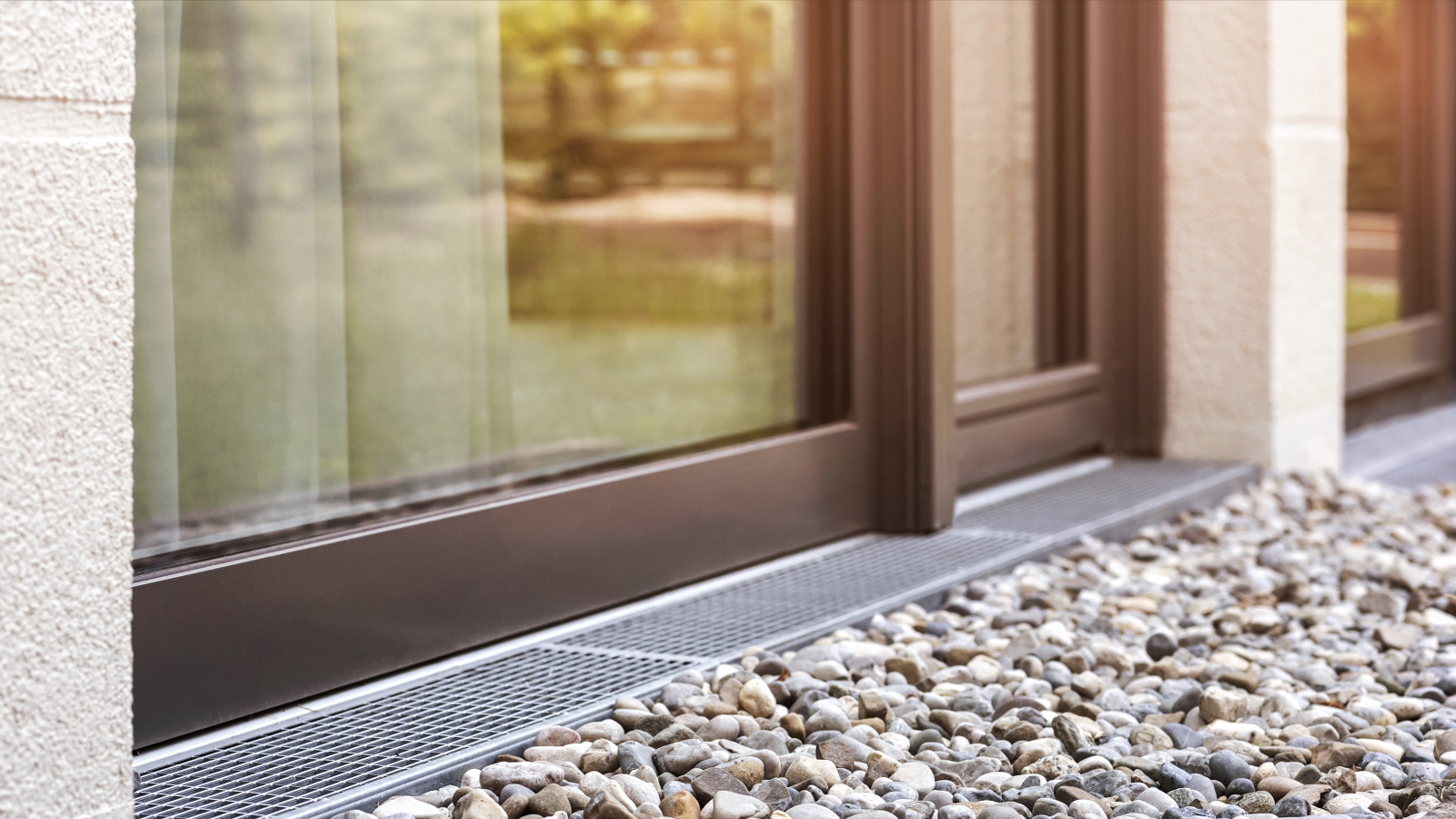
French drains are popular and effective drainage solutions, designed to move water away from waterlogged areas that suffer from flooding. There are, however, some crucial things to remember and common mistakes to avoid when installing this drainage system.
French drains are a relatively simple feat of engineering, consisting of a trench filled with gravel and a perforated pipe, allowing water to seep through the gravel and be redirected. By managing the level of water in one area using a French drain, you can move water somewhere that is more free-draining in your backyard. They are particularly effective, in my experience, at easing waterlogged conditions in sloping gardens. (It is always recommended to seek out professional advice and help from a landscaper when installing any drainage solution in your yard.)
It is ideal to consider drainage when landscaping your yard or thinking about backyard ideas. However, for many of us, drainage in the yard is not a top priority until it is a visible problem.
In the cold and wet months of the year, drainage issues become much more visible following heavy periods of rain and snow. Standing water on driveways, lawns, or in flower beds becomes an unsightly and impractical problem. With drainage problems like these, a quick and easy solution that is popular with homeowners is to install a French drain.
Several common mistakes can occur during the installation of your French drain that can compromise its functionality in the future. Here, we highlight how best to avoid these problems and ensure that your drainage issues are resolved, and your French drain is futureproofed for success.
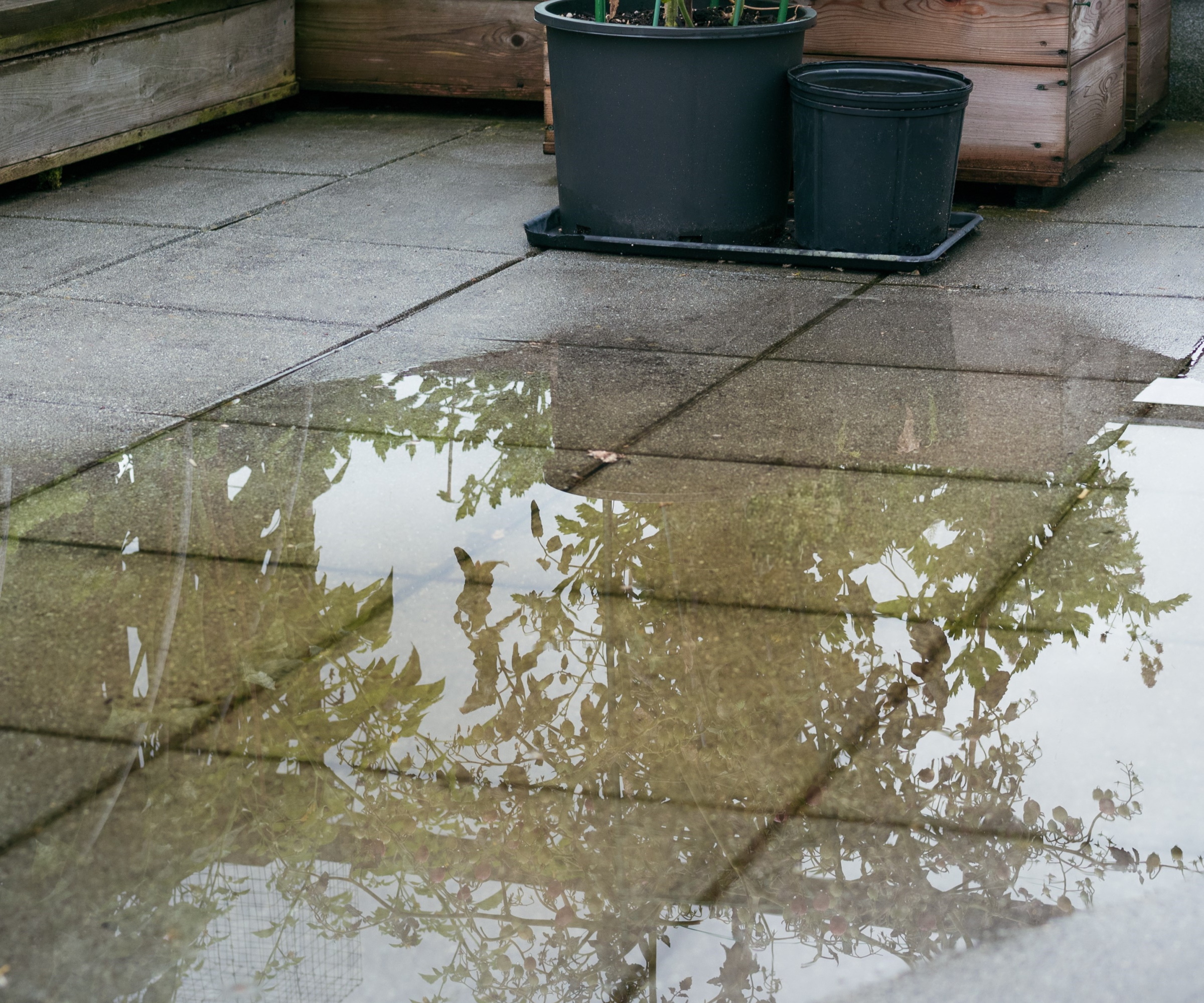
4 French drain mistakes to avoid
Installing a French drain is a quick and effective way to resolve drainage issues, such as a waterlogged lawn, in your yard. However, there are several common mistakes to avoid that will successfully manage water accumulation and flooding.
1. The flow of water is always downhill
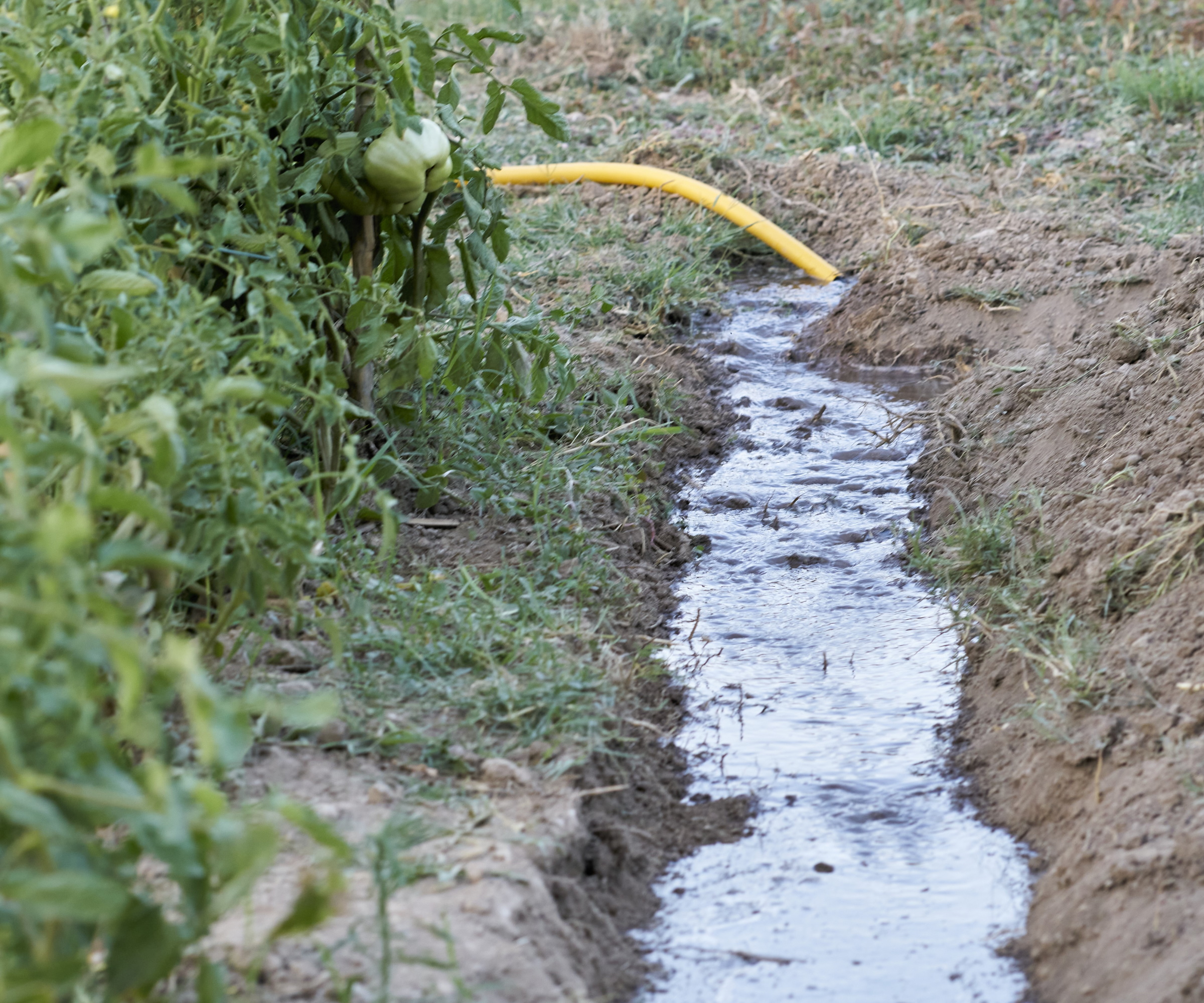
When installing a French drain, ensure that you have a proper, angled slope for optimal water flow. Remember that water always moves downhill due to gravity, so a consistent sloping in your trench is needed to redirect the water away from the problem areas effectively. If you are unsure, always revert to using a level, such as this Spirit Level from Walmart.
If the sloping of your trench is not correct, even by a small margin, it will be impossible for the water to flow through the trench and pipe. A slope gradient of approximately 1% is usually recommended, allowing gravity to do the hard work for you, and redistributing the water elsewhere in your yard. Your landscaper will be able to advise on the best course for the water to flow.
Finally, avoid having any dips or low points in your trench, as this can result in the pooling of water, only adding to your problems.
2. Failure to use a permeable membrane
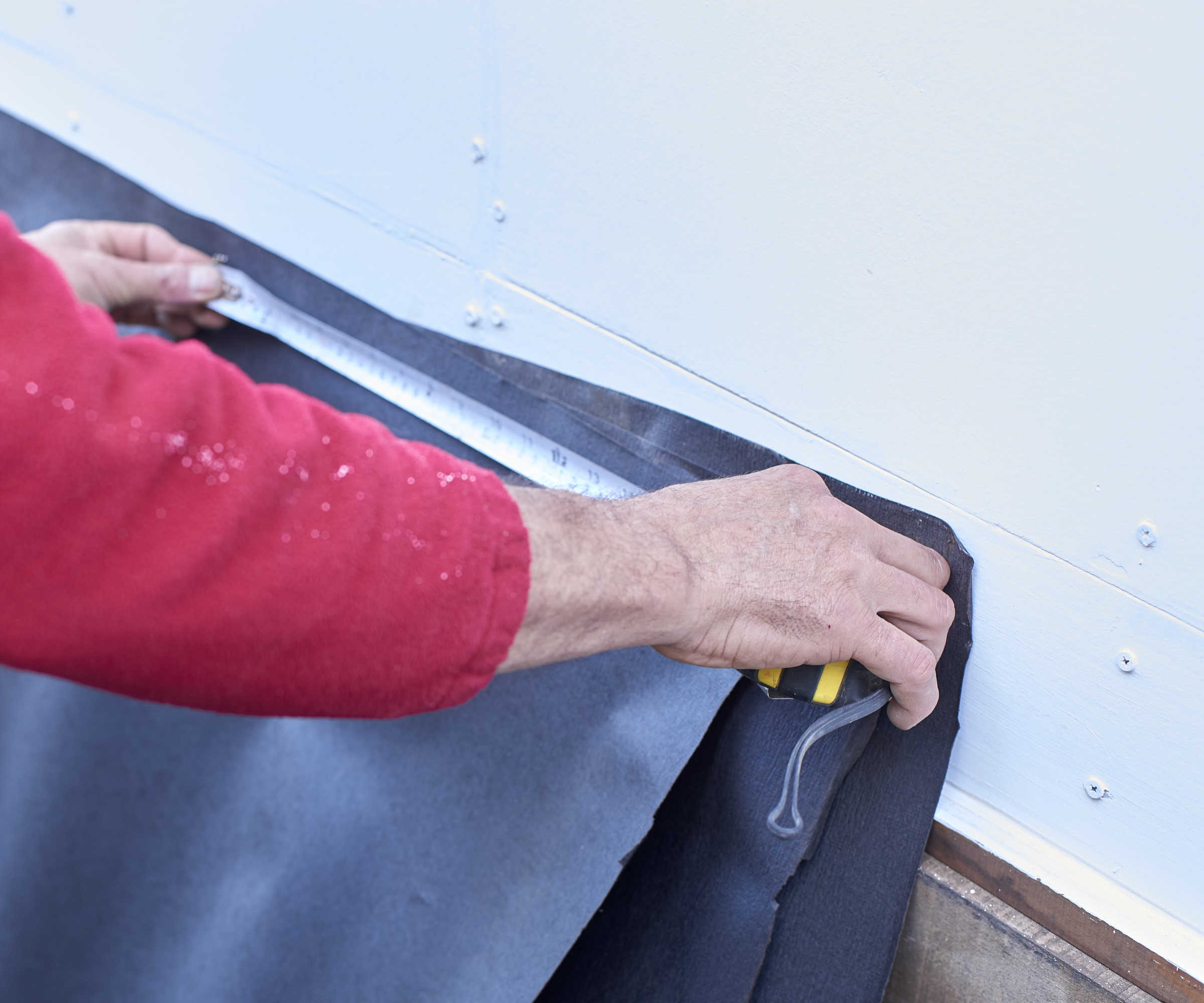
Another mistake to avoid when installing a French drain is not lining the trench with a permeable membrane. This membrane acts as a barrier and prevents dirt and debris from combining and mixing with the gravel in the trench. This is important, as larger stones and gravel allow the water to freely flow.
Many think that the permeable membrane is a 'nice to have' but not necessary. This would be a mistake. If you do not line the trench, nothing is stopping the soil and debris from mixing in the trench and the pipe. This contamination will ultimately result in clogging and reduced capacity for the pipe to move water over time.
Your landscaper or local builder's store will be able to advise on the material you need. The final result will be almost present-like, with the gravel and piped wrapped up and encased in the membrane.
3. Do not use gravel that is too small
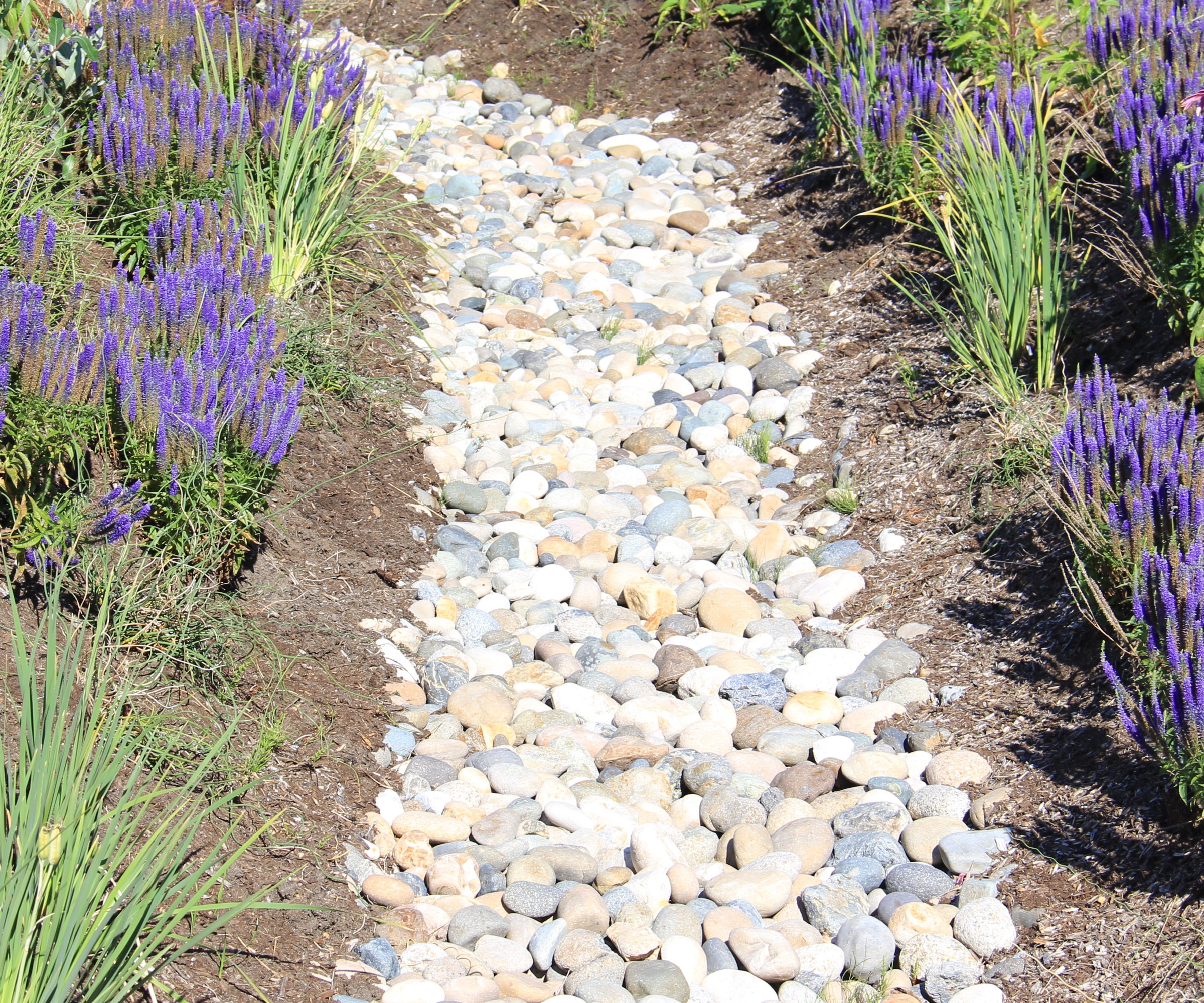
Always use larger-sized gravel for your trench. This is crucial for the success of your French drain, to ensure adequate permeability and drainage. Select a natural, rounded stone or gravel, ideally 1/2 inch - 1 inch in size, as seen in the image above. The aesthetic is not important here, as you will not see the gravel once the French drain is complete.
Using the correct size of gravel will enable good water flow and won't clog the trench or pipe. It is best to avoid using pea-sized stones or crushed rock. Using any smaller material can eventually clog the trench by filling in the gaps between the gravel, preventing water from reaching the pipe.
Importantly, do not backfill the trench with soil that you have excavated, as this will also cause problems. This material should be used elsewhere in your yard or be removed entirely.
4. Always use a perforated pipe
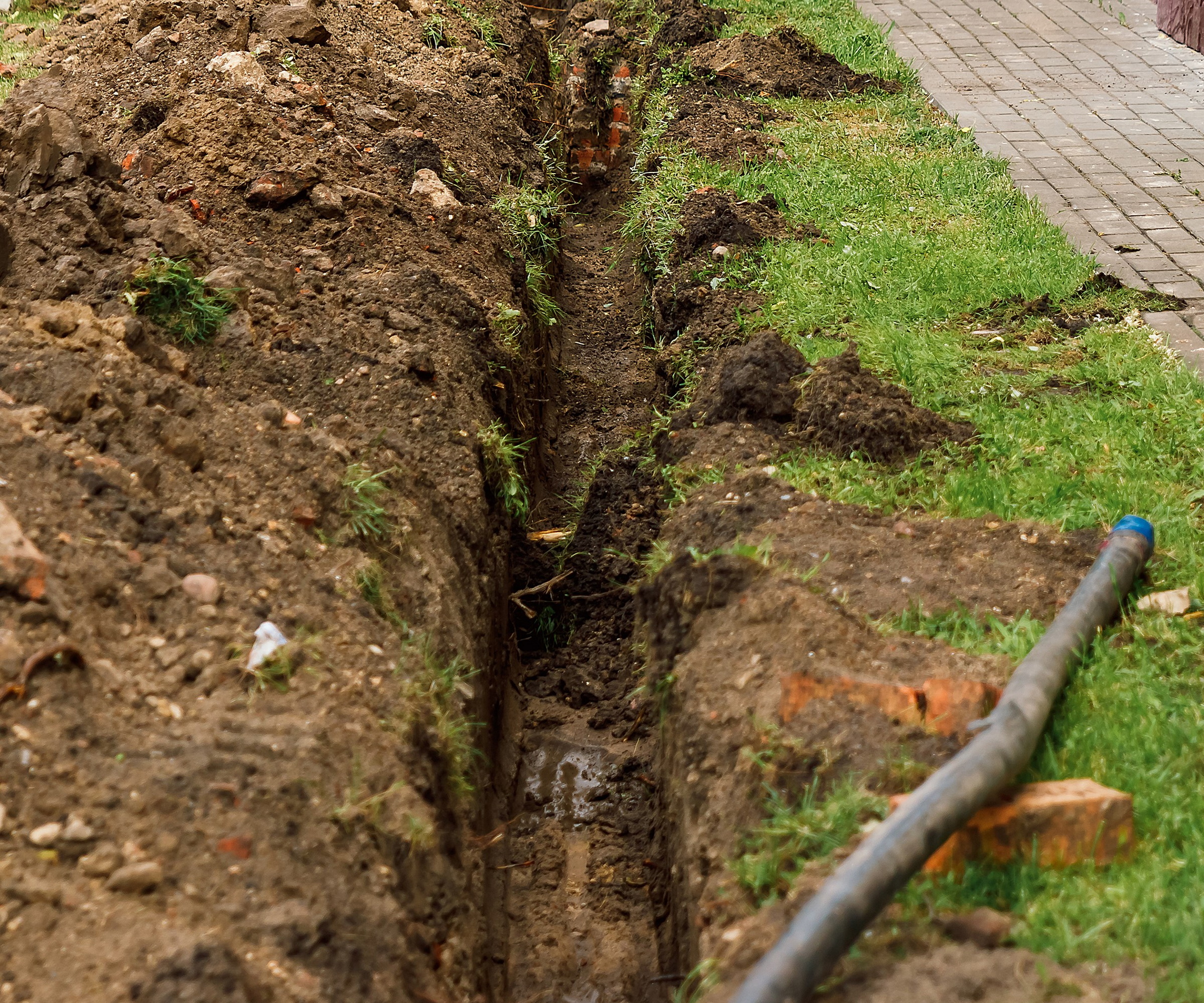
Another mistake is to omit the perforated pipe. This is an important step that you should not skip, as this will determine the success of your drainage solution.
The pipe, such as this Perforated Pipe from Walmart, will enable the French drain to handle heavy water flow and therefore successfully direct the pooling surface water elsewhere in the yard.
The pipe allows for the rapid movement of water, so whilst a French drain can work without the pipe, when there is heavy rain or snow and waterlogging is quickly becoming an issue, you will run into problems. Always opt for the long-term approach and use a pipe.
FAQs
How deep should the trench be?
It is usually recommended that the trench be approximately 8 - 12 inches deep to be effective, but your landscaper will be able to advise. If you are trying to resolve significant waterlogging, it might be the case that a deeper trench is needed.
Installing a French drain in your yard can help to ease drainage issues. Consider other landscaping ideas to help drainage in your yard, such as using rocks instead of mulch.







